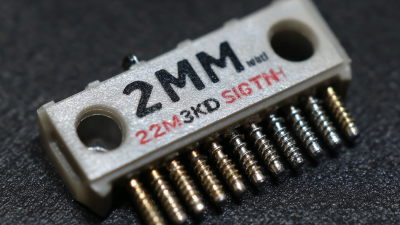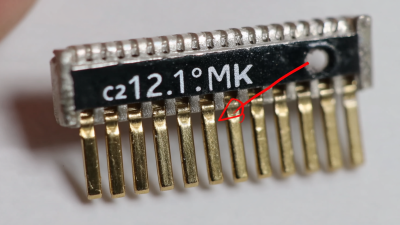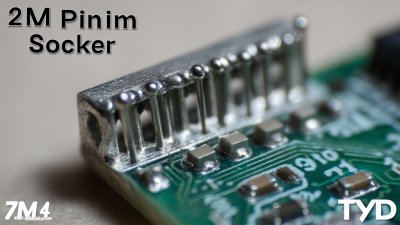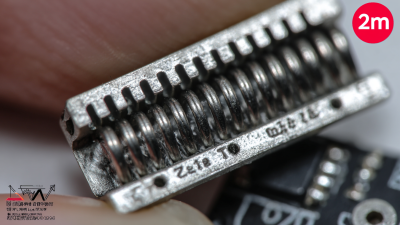


In the rapidly evolving world of electronics, connectivity remains a pivotal element for successful project implementation. The 2mm Pin Header Socket, an essential component in various applications, serves as a reliable interface for PCB connections, enabling seamless integration and communication between devices. According to the recent report by Research and Markets, the global electronic connectors market is projected to reach $110 billion by 2025, highlighting the increasing demand for efficient connectivity solutions. With advancements in technology and miniaturization, the need for compact and durable connectors, such as the 2mm Pin Header Socket, has become more critical than ever. This guide explores the diverse applications, benefits, and selection criteria for utilizing 2mm Pin Header Sockets in your projects, ensuring you unlock the full potential of connectivity in your designs.
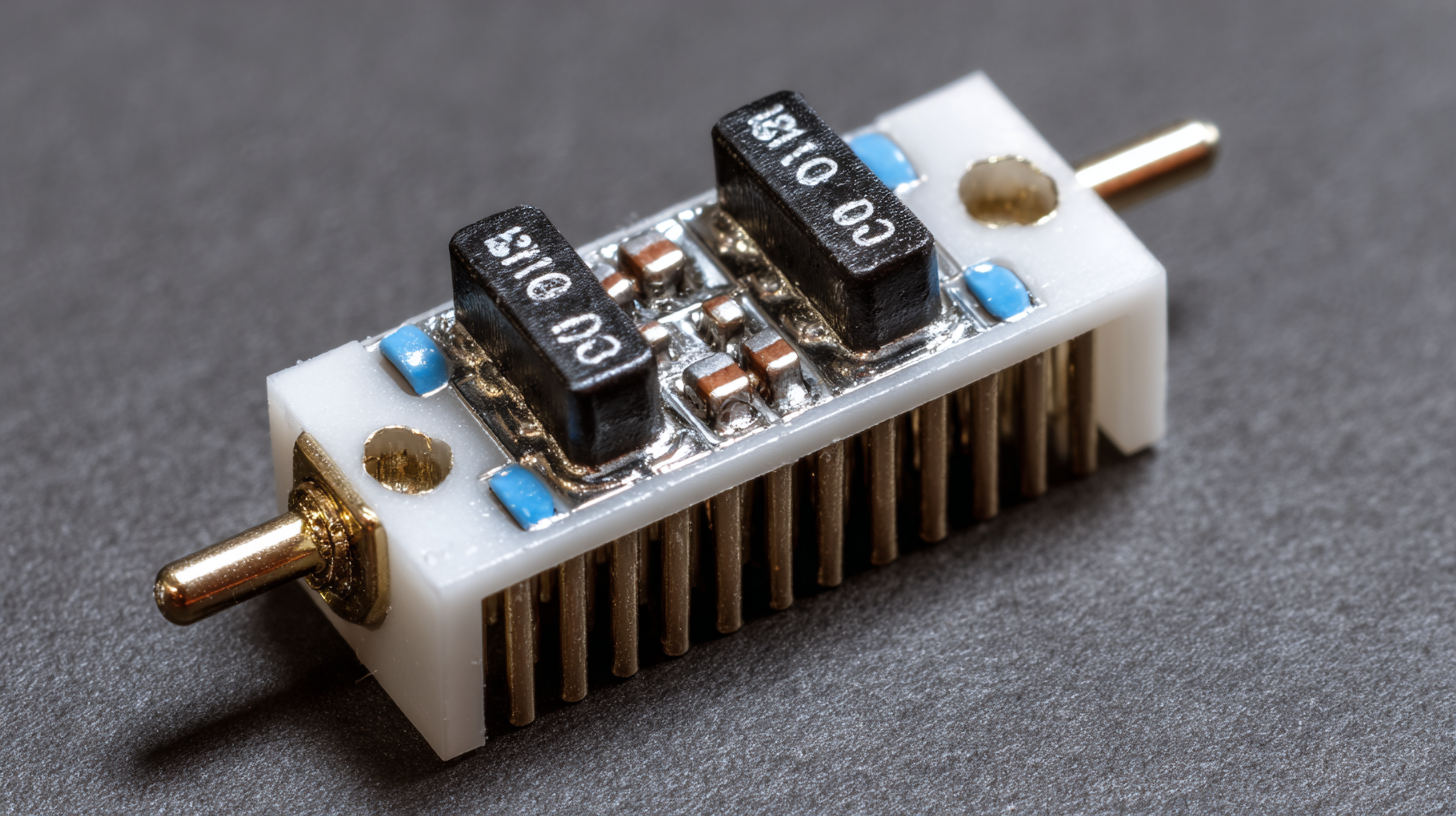
2mm pin header sockets are essential components in the realm of electronics, offering versatile connectivity options for a variety of projects. Their compact size makes them ideal for tight spaces, allowing for efficient circuit board layouts. This particular dimension strikes a balance between sufficient strength and minimal footprint, making 2mm pin headers suitable for everything from hobbyist projects to professional applications. Their standardized size ensures compatibility with a range of connectors and devices, facilitating easy integration into any electronic design.
One of the key benefits of utilizing 2mm pin header sockets is their durability and reliability. These sockets are designed to withstand repeated insertions and removals, ensuring a long service life even in demanding environments. Additionally, they provide a secure connection that minimizes the risk of signal loss or disconnection, which is critical in applications where reliability is paramount. Furthermore, the availability of various configurations—such as single, double, or multi-row arrangements—enhances their adaptability to different project requirements, empowering engineers and makers to innovate without constraints.
When selecting 2mm pin header sockets for your projects, understanding key specifications such as size, current ratings, and material choices is crucial. The standard size of a 2mm socket directly relates to its compatibility with various pin headers, ensuring secure connections in compact electronic designs. It is vital to confirm that your pin headers match the socket dimensions, as this will affect the overall assembly quality and reliability of the connections in your application.
Current ratings are another essential consideration when choosing 2mm sockets. Different sockets are designed to handle varying levels of current, typically ranging from a few milliamperes to several amperes. Choosing a socket with an appropriate current rating ensures that your components operate efficiently without overheating or failing. Additionally, the materials used in the construction of these sockets, such as thermoplastic or metal plating, can influence the performance and durability of the connection. High-quality materials provide enhanced conductivity and resistance to wear, ensuring long-term reliability in diverse operating environments.
In the ever-evolving landscape of technology, the demand for compact connectivity solutions is on the rise. As devices become smaller and more integrated, engineers and designers are increasingly turning to efficient components that maximize performance without sacrificing space. The adoption of 2mm pin header sockets exemplifies this trend, offering versatility and reliability in tight spaces. These sockets allow for secure connections while maintaining a minimal footprint, making them ideal for a wide range of applications from consumer electronics to industrial machinery.
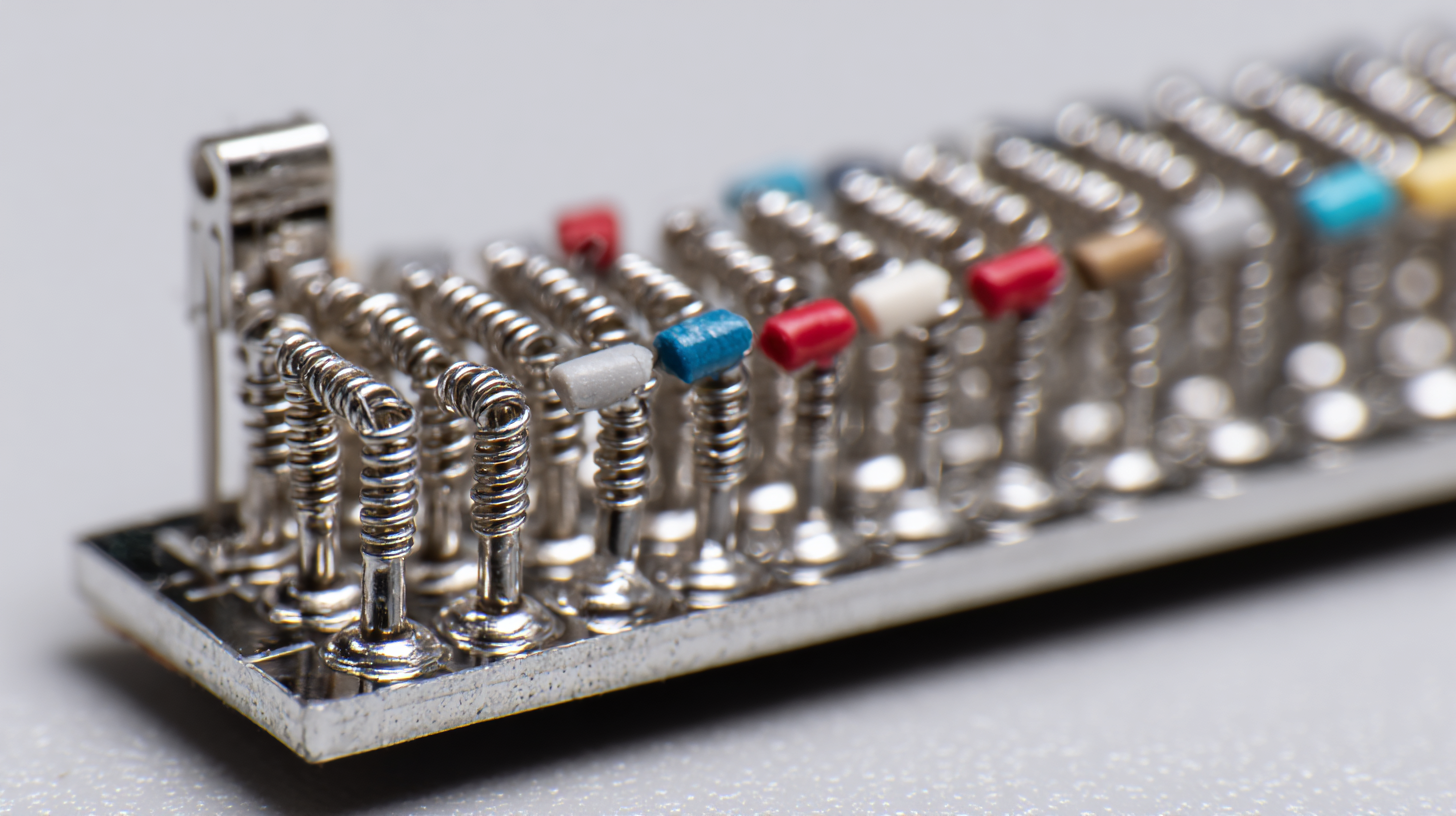 Moreover, industry advancements in materials and manufacturing techniques have further enhanced the appeal of compact connectivity solutions. With an emphasis on durability and high performance, modern 2mm pin header sockets are designed to withstand harsh environments and rigorous usage. As projects demand greater reliability and efficiency, the integration of such components becomes essential. The growing awareness of the need for space-saving technology is leading to innovative designs that not only optimize connectivity but also contribute to the overall sustainability of electronic devices.
Moreover, industry advancements in materials and manufacturing techniques have further enhanced the appeal of compact connectivity solutions. With an emphasis on durability and high performance, modern 2mm pin header sockets are designed to withstand harsh environments and rigorous usage. As projects demand greater reliability and efficiency, the integration of such components becomes essential. The growing awareness of the need for space-saving technology is leading to innovative designs that not only optimize connectivity but also contribute to the overall sustainability of electronic devices.
When it comes to selecting connectors for electronic projects, the choice often boils down to specifics such as size, reliability, and ease of use. In this comparative analysis, we focus on 2mm pin header sockets against other connector types, such as 2.54mm pin headers and JST connectors. A report by Mordor Intelligence estimates the global connector market size will grow from approximately $58 billion in 2021 to around $83 billion by 2026, largely driven by the increasing miniaturization in consumer electronics, where 2mm pin header sockets offer a strategic advantage due to their compact footprint.

2mm pin header sockets provide a more space-efficient solution compared to 2.54mm pin headers, particularly in densely packed applications like wearable technology or IoT devices. According to a research published by ResearchAndMarkets, the demand for smaller and lighter components is expected to increase in line with the rise of smart devices, making 2mm sockets not just a choice but a necessity. Additionally, while JST connectors excel in low-profile applications, the versatility of 2mm pin headers in various configurations and their ease of integration make them a preferred option for prototyping and production alike. As projects increasingly demand minimal space and high functionality, understanding the benefits of each connector type becomes crucial for engineers and hobbyists alike.
2mm pin header sockets have become integral components in modern electronic devices, providing essential connectivity for various applications. According to a recent industry report from MarketsandMarkets, the global market for interconnect technologies is projected to grow at a CAGR of 5.4% from 2022 to 2027, with pin header sockets playing a significant role in this expansion. These compact and versatile connectors are commonly used in microcontrollers, sensors, and IoT devices, facilitating seamless communication and data transfer between components.
In the realm of consumer electronics, 2mm pin header sockets are extensively utilized in everything from wearables to home automation systems. For instance, research by Allied Market Research highlights that smart home devices are expected to reach a market value of over $174 billion by 2025, largely fueled by the demand for reliable connections. The 2mm pin header sockets provide a space-efficient solution that supports high-density applications while maintaining robustness. This makes them an optimal choice for manufacturers aiming to meet the growing needs of connectivity in next-generation devices.
| Application | Description | Advantages | Common Devices |
|---|---|---|---|
| Microcontroller Connections | Used for connecting microcontrollers to various peripherals. | Compact design, reliable connections. | Arduino, Raspberry Pi |
| Sensor Integration | Facilitates the connection of sensors to main boards. | Easy to interface and allows for quick swapping of sensors. | Temperature, Pressure Sensors |
| Communication Modules | Connects various communication modules like Wi-Fi or Bluetooth. | Supports multiple protocols and enhances connectivity. | Wi-Fi modules, Bluetooth dongles |
| Prototyping Boards | Used in prototyping to connect various components easily. | Flexible and allows for diverse configurations. | Breadboards, Custom Prototype Boards |
| Display Modules | Connects LCD or OLED display modules to controllers. | Compact, enabling slim designs for devices. | LCD Screens, OLED Displays |
